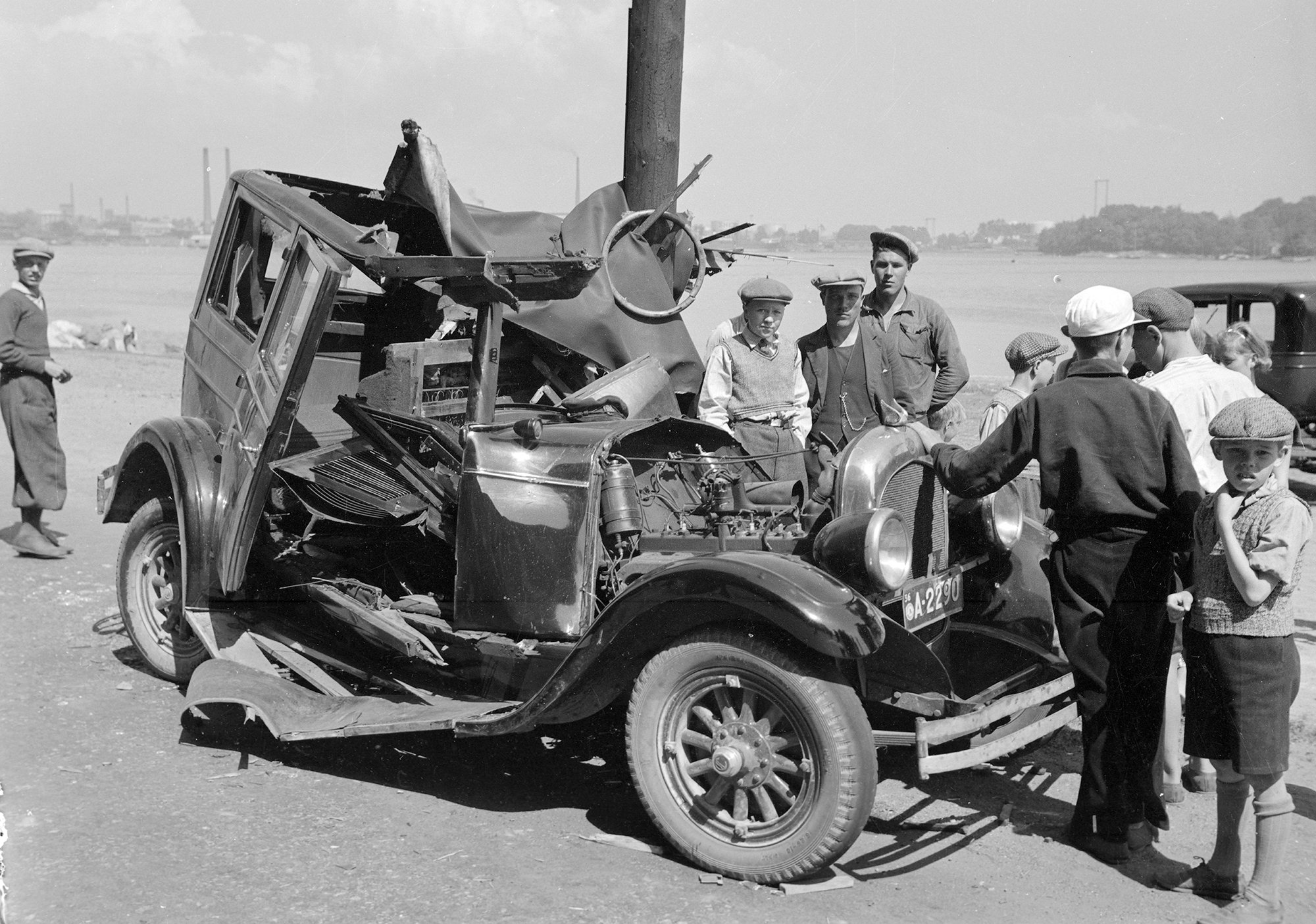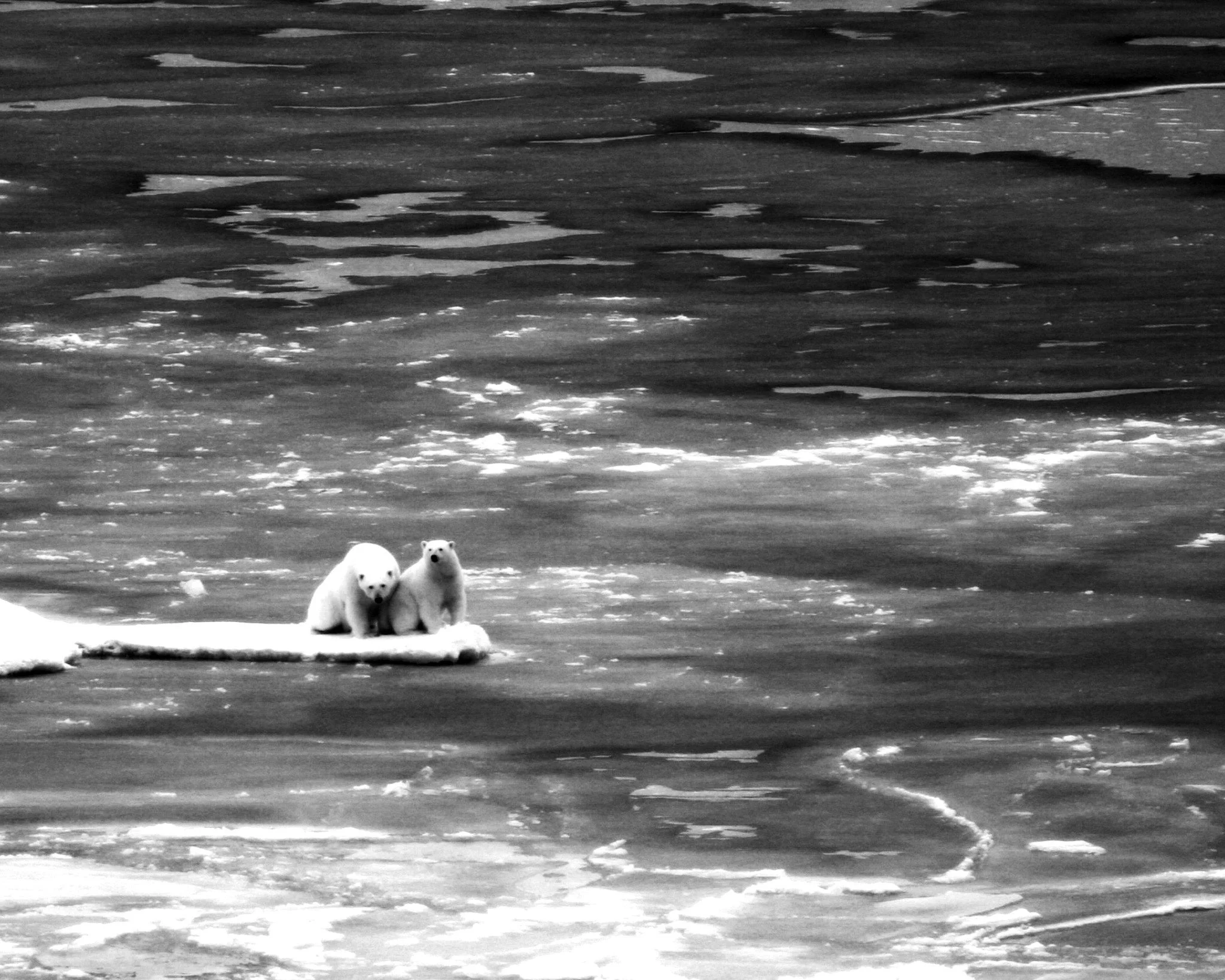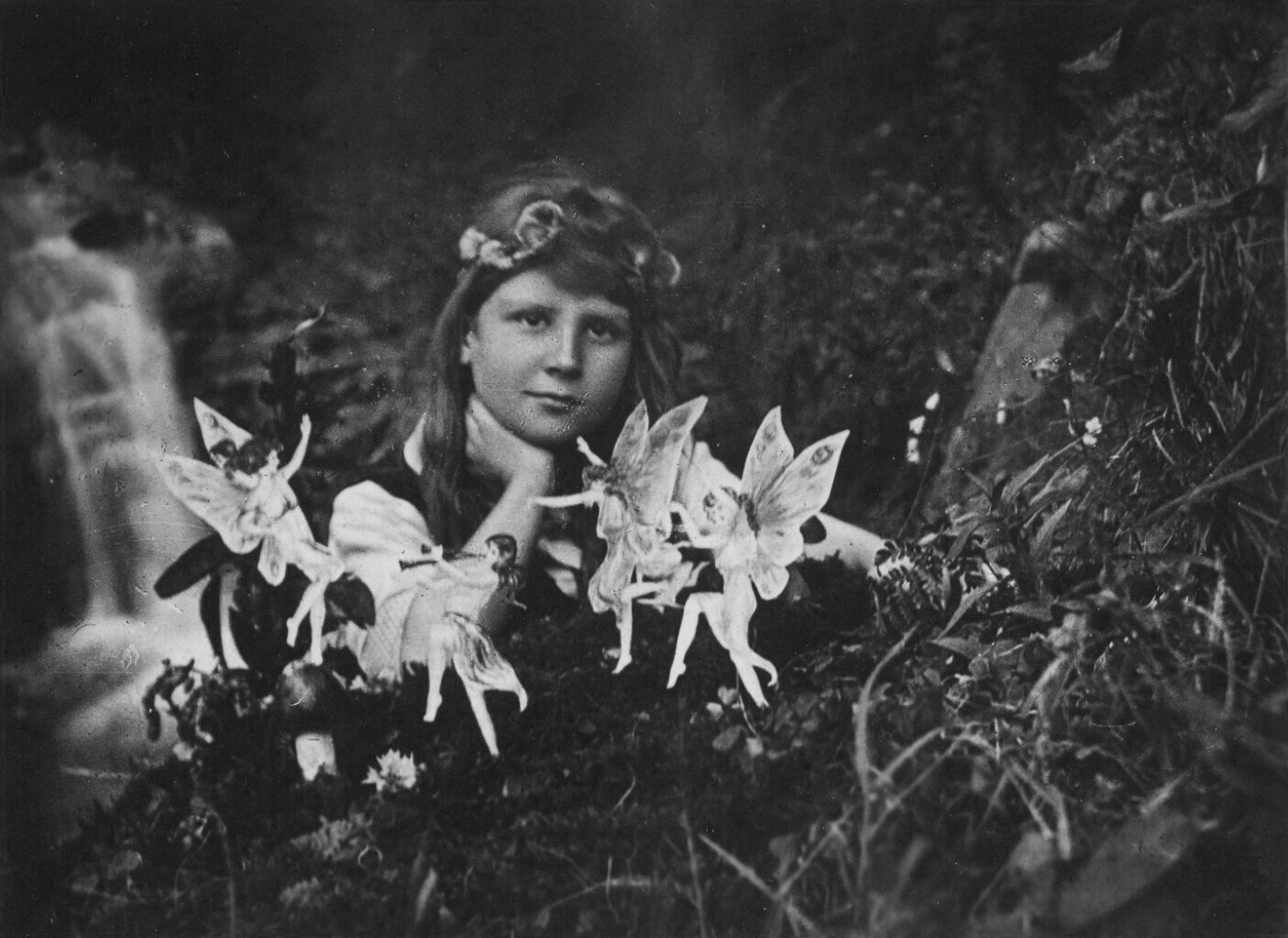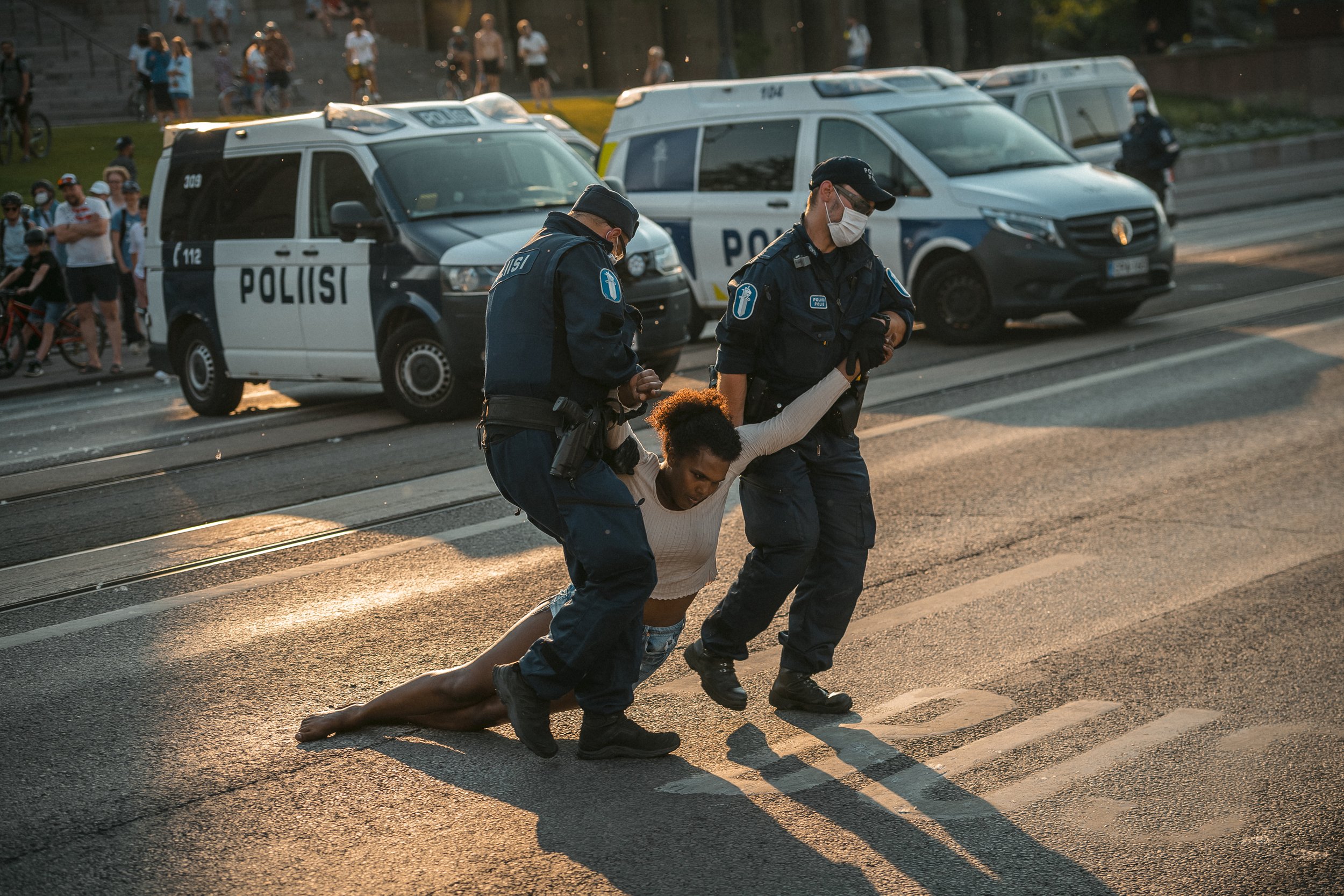Prohibition does not work – The ethics of accident scene photography
The recent accident in Tapiola, Espoo, has rekindled concerns surrounding the ethics of accident scene photography. Following the incident, images and videos captured at the scene ignited a debate, with some arguing that such images constitute an invasion of privacy or are simply too unsettling to be published, while others contend that they serve a vital role in documenting reality and aiding in the assessment of the incident.
Once again, the controversy seems to obscure an essential distinction—that between capturing a photograph and deciding to publish it. Two actions that necessitate separate ethical considerations.
Public discourse frequently reduces the debate to calls for blanket bans on photography at accident scenes, even though the subsequent decision to publish the captured images necessitates a far more delicate balancing act: on one side, the need to illuminate the seriousness of the situation, and on the other, the risk of causing distress or violating privacy.
An automobile accident in Helsinki 1936. Photo: Pietinen / Finnish Heritage Agency
While protecting victims' dignity appears to be the noble intention behind demands to ban accident scene photography, the implications of such a stance can prove to be problematic. Helsingin Sanomat faced harsh criticism for requesting photos and videos of the accident. Yet, it should be recognised that this material can play an indispensable role in accurate reportage and investigations. Photos and videos can serve as critical evidence and clarify uncertainties surrounding an incident, even without public dissemination.
Journalist Tuomas Peltomäki defended the publication of the photographs, tweeting, “It's quite a different matter to see images of dust and a pile of scrap metal on the street hours later, than to see from pictures the severe consequences that, for example, neglect has on real, flesh and blood people.”
Without a doubt, those responsible for accidents would often prefer to hide the true impact of their negligence or misconduct. However, the rationale for publishing photos or videos from accident scenes must transcend voyeuristic fascination or sensationalism. Journalists bear the responsibility of distinguishing the thin line between being informative and becoming exploitative.
Images of suffering, while distressing, often reflect the harsh realities of our world. As I have previously argued, the discomfort a reader may experience is not an argument against publication; it is a testament to these images' power to evoke empathy and effect change.
The solution lies not in suppressing photography but in fostering a conscientious approach to image making and publication. This involves considering the potential impact of an image, its newsworthiness, and the dignity of those depicted. Media outlets, by soliciting these images, inherently bear a responsibility to nurture an ethical culture surrounding their capture. They must not disregard the fact that asking for the photos serves as a tacit endorsement.
Campaigns such as Photograph Life – Not the Scene of an Accident (Kuvaa elämää – älä onnettomuuspaikkaa), although well-intentioned, miss the mark by focusing on the act of capturing an image. Even more alarming are the efforts to enshrine these restrictions into law.
Not long ago, the police sought public assistance in providing videos to aid an investigation into a fatal incident at the Iso Omena shopping centre in Espoo. Clearly, the debate should not be about prohibiting photography. There is much to be gained by addressing the broader issue of proper conduct at an accident scene. Just as there is no rationale for a sweeping ban on photography, likewise, holding a camera does not confer any additional rights.
The paramount concern at an accident scene should always be safety, for example, ensuring emergency services have the necessary space to operate effectively. One should never put others at risk, not for the photos or anything else. Any photography should be conducted discreetly, bearing in mind the potential distress caused to those involved. Sharing these images or videos on social media can inflict further harm or violate the privacy of the victims.
While concerns about safety, privacy, and dignity are certainly legitimate, equating the act of taking a photo with publishing it risks undermining the integral role of photography as a tool for documentation, investigation, and evidence-gathering. Rather than implementing blanket bans, what we need is a nuanced approach—one that respects individual dignity while acknowledging the stark realities around us.









